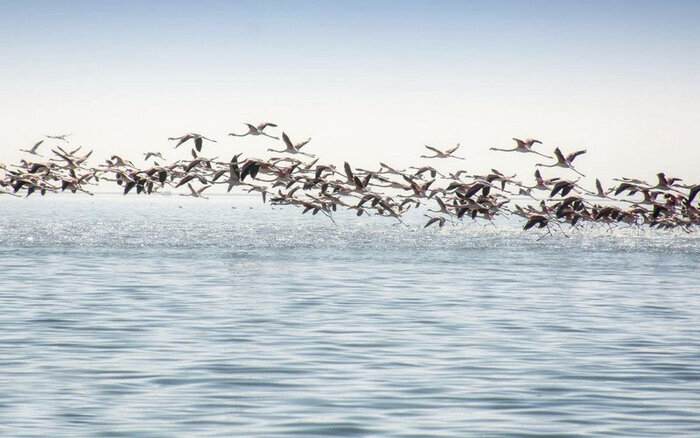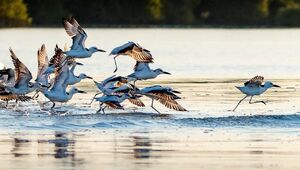
Migratory Birds in the Hara Forest and Qeshm Shores: A Bridge Between Nature and Ecotourism
Qeshm Island, with its pristine and unique nature, is one of Iran's most important natural tourist destinations. The beautiful shores and Hara forests are home to a wide variety of animals and plants, among which migratory birds hold a special place, adding to the tourism appeal of the region. These birds, migrating from distant parts of the world, bring a spectacular diversity to the natural landscape of Qeshm.
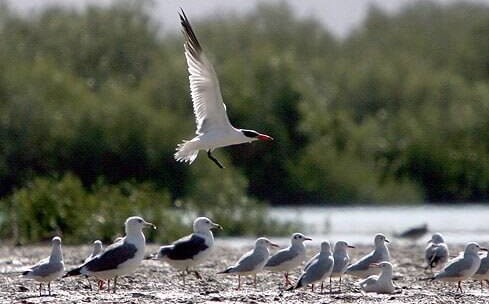
Hara Forests: The Primary Habitat for Migratory Birds
The Hara forests, located in southern Iran, especially in Qeshm Island, are recognized as a unique ecosystem. These forests grow in saline waters, and due to their complex structure and dense vegetation, they provide a safe haven for migratory birds. Species like the Grey Heron, White Pelican, and Flamingo are among the birds frequently seen in these areas.
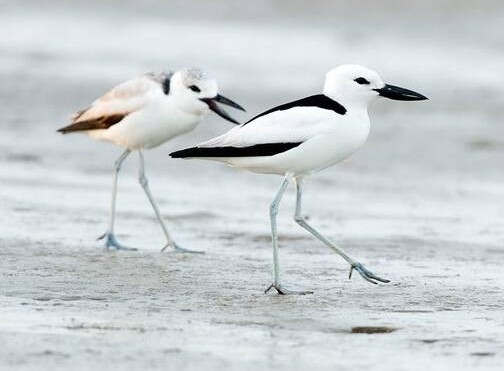
Qeshm Shores: Biodiversity Meets Pristine Nature
The shores of Qeshm also offer ideal resting and feeding grounds for migratory birds. Throughout different seasons, hundreds of birds, including Sea Eagles, Gulls, and Terns, arrive at these shores to benefit from the region’s rich food resources. These birds, with their impressive flock flights, draw thousands of nature enthusiasts and tourists to the shores annually.
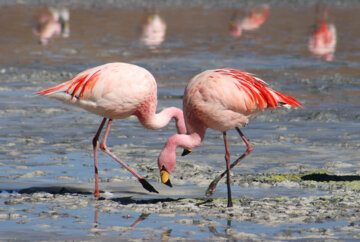
The Importance of Migratory Birds for Ecotourism
The presence of migratory birds in Qeshm is not just an environmental aspect; these birds are also a major natural attraction for tourism. Birdwatching, or "birding," is a popular ecotourism activity worldwide and has many fans. Visitors to Qeshm can enjoy the beauty of bird flights and observe their natural lives in a pristine environment.

Takhfifan Qeshm Website: Facilitating Nature-Focused Travel
For those interested in birdwatching and ecotourism in Qeshm, the Takhfifan Qeshm website offers discount packages for tours and accommodations, making trip planning easier and more affordable. Special offers on travel to Qeshm and stays near the Hara forests and bird-rich shores attract more tourists to the region. This collaboration between eco-tourism and discount websites significantly contributes to sustainable tourism development and environmental conservation.
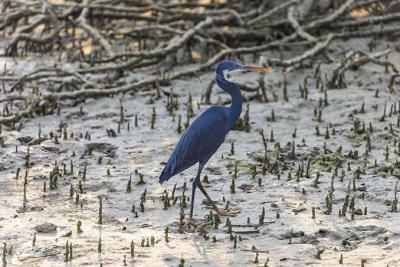
Conclusion
Migratory birds in the Hara forests and Qeshm shores are not only a part of the region's biodiversity but also a key attraction for ecotourism. The growth of tourism in these areas can boost the local economy while enhancing environmental values. The Takhfifan Qeshm website, by offering special deals, plays an important role in attracting tourists to this natural destination.
